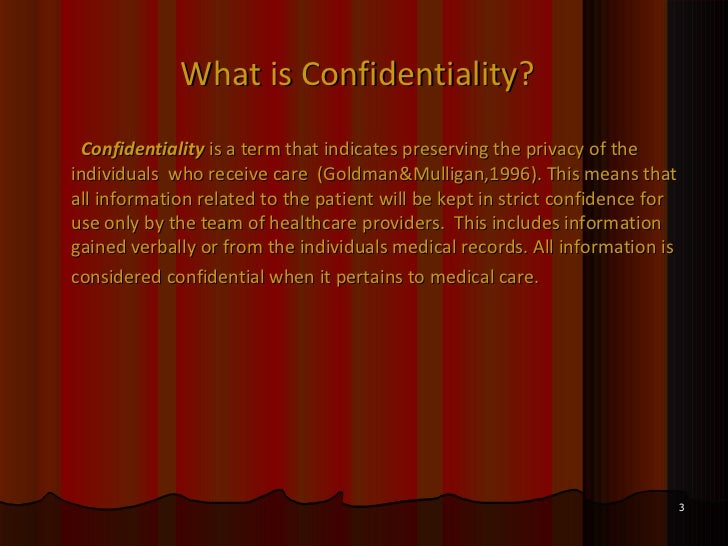

- #Hstracker wants to use your confidential information update#
- #Hstracker wants to use your confidential information password#
- #Hstracker wants to use your confidential information plus#
- #Hstracker wants to use your confidential information download#
This will hide the device in the sidebar when not connected to your computer over USB: when the device is on the same Wi-Fi network as your Mac. Remove iPhone from Finder sidebarĬhoose the device in the sidebar and untick ‘Show this iPhone when on Wi-Fi’. See the next section for detailed instructions. You can either disable automatic synchronisation always or just disable wireless background sync. This is perfectly normal and AMPDevicesAgent CPU will decrease after the sync or backup has concluded. This might not be immediately apparent, since synchronisation with an iPhone can happen in the background, wirelessly. Repeat with any other iOS backup items in the list.ĪMPDevicesAgent high CPU up to 100% of total or 200% in Activity Monitor can be caused by an iOS sync in progress. This adds AMPDevicesAgent to the list of applications allowed to access the iOS backup keychain item. Click the blue Add button at the bottom-right of the window.
Click the plus (+) button at the bottom-left corner of the window. If ‘AMPDevicesAgent’ is already listed in the box, go to step 9. Under ‘Always allow access by these applications’, check the box below those words. Switch to the Access Control tab at the top of the dialog. 
An attributes page opens for the password.
Double-click on the first password row in the results. You’ll find one or more application passwords in the login keychain. Find this in /Applications/Utilities (or Spotlight search with cmd-space). To fix the issue and stop the prompt from being displayed, follow the steps below: IOS Backup is the password to an encrypted backup of your iPhone iOS device or iPad iPadOS device. You can grant this permission by entering your keychain password, which by default is the password you use to log into your Mac. This message is displayed when AMP devices agent in macOS Catalina needs to perform a local backup of your iPhone or iPad. To allow this, enter the login keychain password. AMPDevicesAgent wants to use your confidential informationĪMPDevicesAgent wants to use your confidential information stored in “iOS backup” in your keychain. It works alongside AMPDeviceDiscoveryAgent which performs the discovery of connected devices over Wi-Fi when the relevant option is enabled in the device’s settings in Finder. This agent is not malware but is part of macOS and written by Apple. Google Chrome wants to use your confidential information stored in./System/Library/PrivateFrameworks/amework/Versions/A/Support/AMPDevicesAgent. ( Note: In their case an update fixed this).
in the case of other apps (such as the video downloader/converter I mention above), the user whose iMac had this issue could only convert videos, but not download them. 
Obviously the benefit is not having to do this.
in the case of browsers it will mean things like having to manually log in to sites you want to visit. The advantages and disadvantages will differ depending on the app: In terms of the info that's stored there - it's basically a secure location to store credentials such as passwords for sites you visit. I'm not sure what changed, but some of these app developers have had to issue updates to remove this behaviour. I first noticed this in mid-July on an iMac running a 3rd party video downloader/converter. It's not just happening with browsers, but other apps too. More generally - There seems to be an issue recently where a number of apps are requesting access to Chrome Safe Storage. You may want to read What is the Chrome Safe Storage discussion at Vivaldi's forums. Vivaldi - In terms of Vivaldi this is something that's been happening for at least a couple of years, although it's not always triggered. There's probably a couple of things going on here:







 0 kommentar(er)
0 kommentar(er)
